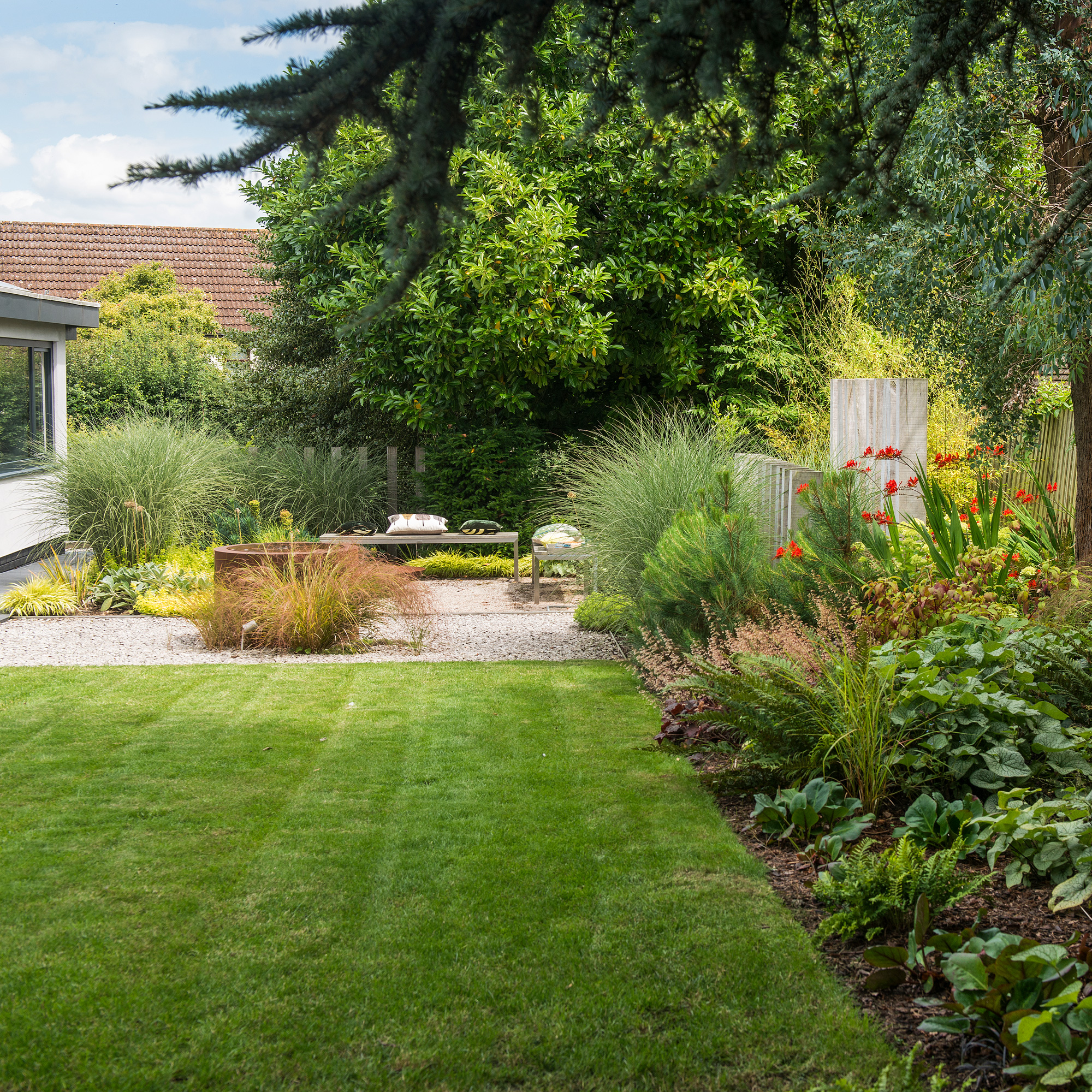
We've finally reached No Mow May, and it's as laid back as it sounds: you don't need to cut your grass this month.
Sounds like a pretty strange lawn care tip, right? Well, according to gardeners that take part in No Mow May, the practice is all about boosting biodiversity – so even the best lawn mowers out there can take a break this month.
To celebrate, we're exploring the ethos behind No Mow May, and all the benefits for our gardens (and us!).
What is No Mow May?
No Mow May was first launched in 2019. It's Plantlife's annual campaign calling all gardeners to refrain from mowing their lawns and green spaces in May.
'The No Mow May initiative aims to promote the importance of increasing biodiversity in outdoor spaces across the UK by encouraging homeowners to let their lawns grow wild during May,' explains Peter Chaloner, managing director of lawn care experts Cobra.
That’s one whole month off for your mower – or 31 days out of your lawn care calendar.
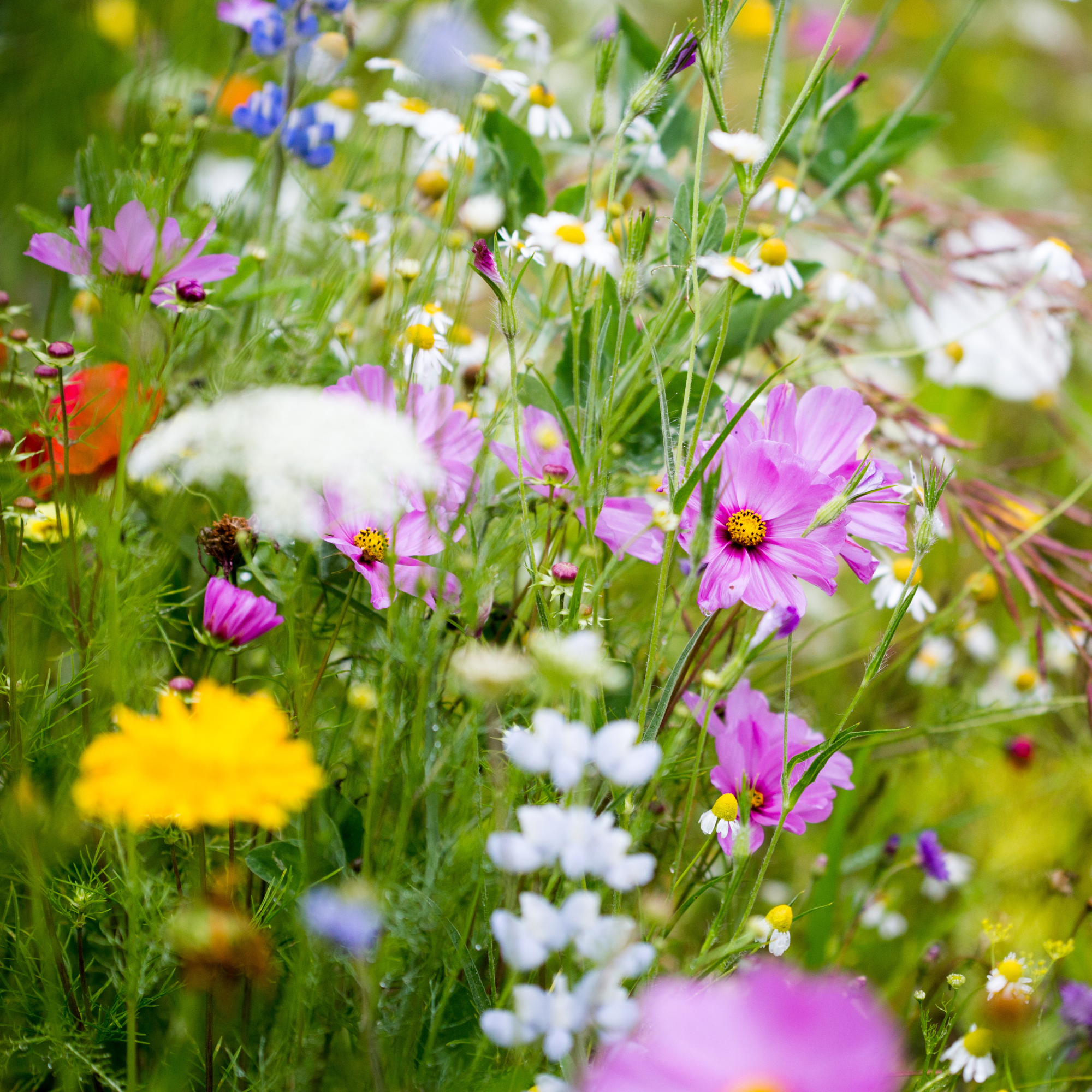
A lot of gardeners choose to sow wildflower seeds for an extra boost.
'We’ve lost nearly 97% of flower-rich meadows since the 1970s and with them gone are vital food needed by pollinators, like bees and butterflies,' explains the Plantlife team.
If we all mow less, they add, the pollen count on our lawns can skyrocket, boosting the amount of nectar available for pollinators. And this doesn’t just benefit wildlife garden ideas: it also helps deliver enormous gains for communities and the climate – not to mention your garden, too.
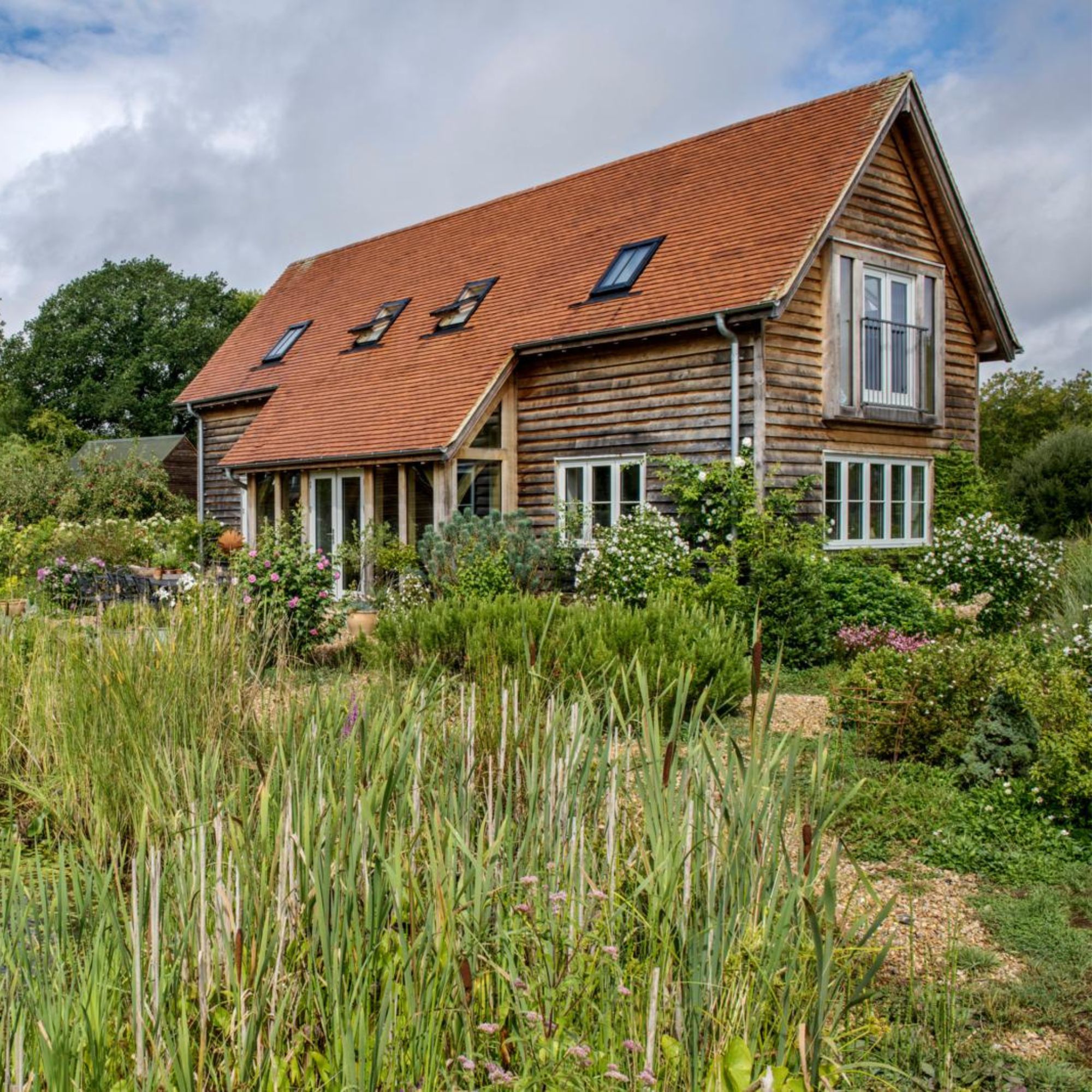
Even though No Mow May is the focus, a lot of experts recommend continuing the practice for a little longer.
'The issue with No Mow May is that it’s temporary,' says The Grass People's lawn expert, Chris McIlroy. 'Letting your grass grow for four weeks might help boost the flowers and nectar available to pollinating insects such as bees, butterflies and moths, but if you resume a normal mowing schedule in June, it will disrupt the habitats these pollinators will have created.'
You'll also need to make sure you avoid cutting wet grass when you start mowing again.
What should you do before letting your lawn grow?
If you want to use No Mow May to turn your lawn into a meadow filled with nectar-rich wildflowers, Sarah Raven says you will need to mow the lawn down to 5cm before sowing any wildflower seeds.
'In the month before creating a wildflower meadow, it’s important to mow the lawn as short as possible to allow the wildflower seeds to make as much contact with the soil as possible,' advises lawn care expert Peter. 'Sprinkle an assortment of native wildflower seeds across the prepared soil and let nature take its course!'
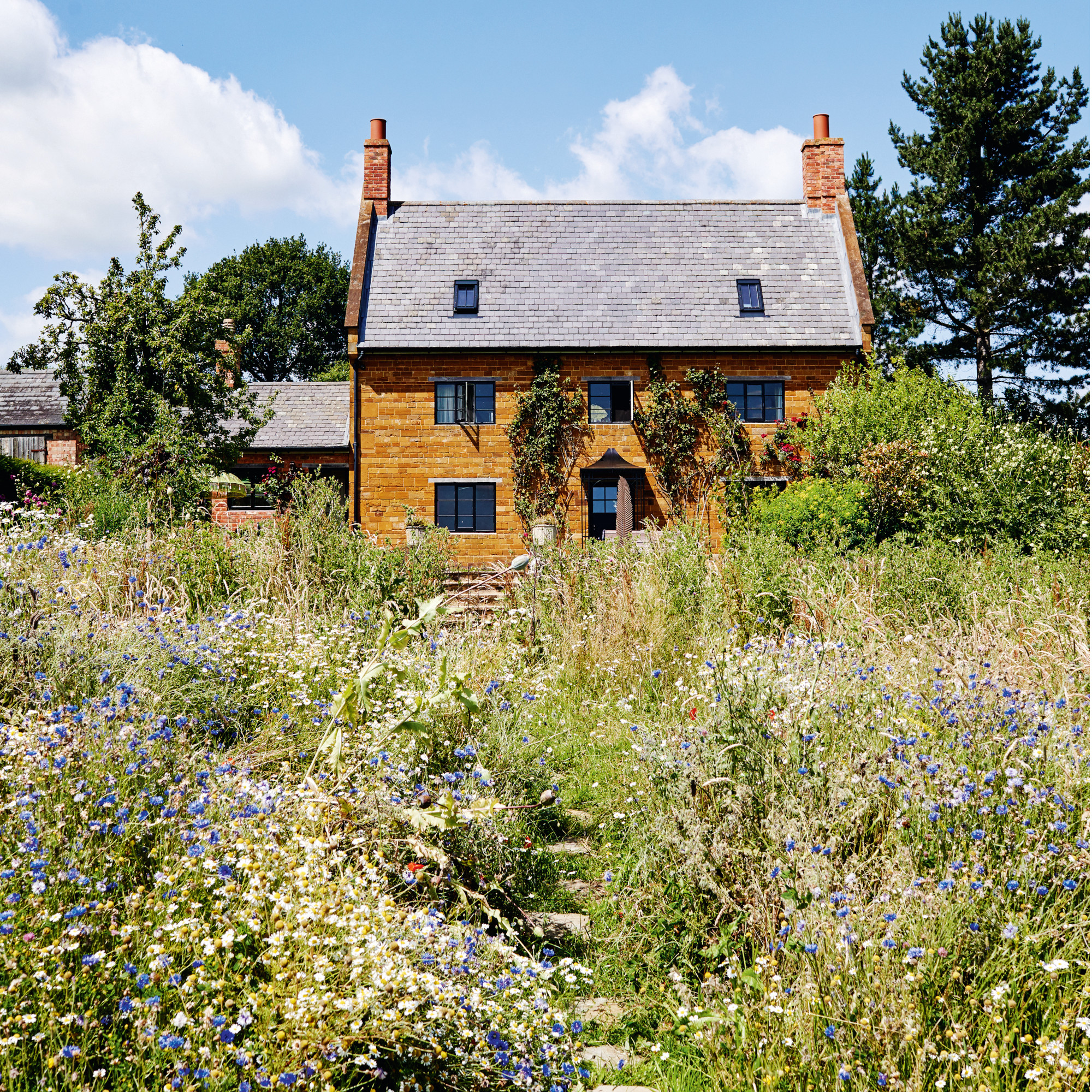
What are the benefits of No Mow May?
It might feel strange to let your grass grow as long as it pleases for a month, but it’s actually a really good idea to do so.
1. Greener grass
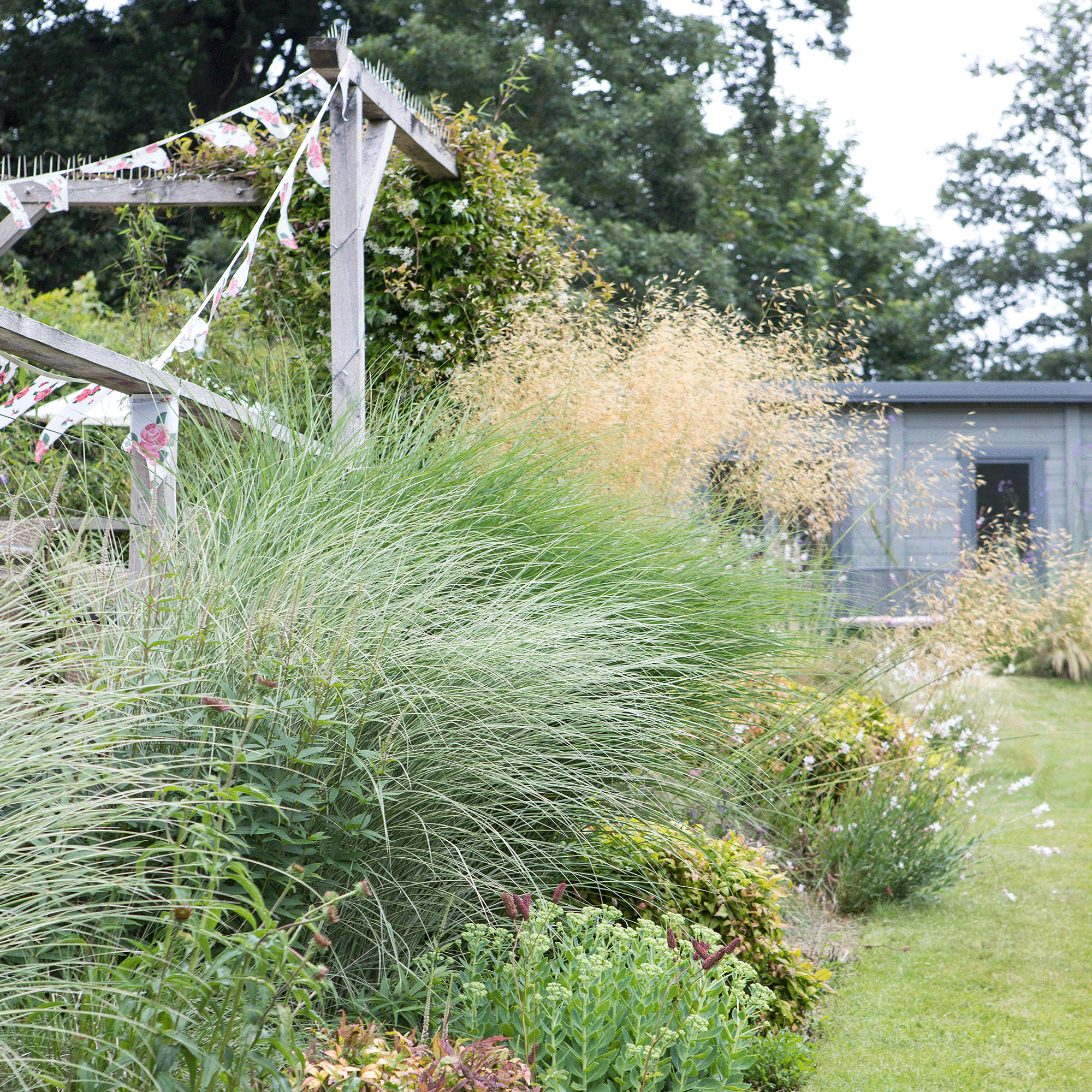
Leaving your grass to grow long for No Mow May can actually make your grass even greener.
'The shorter the grass, the less food it produces,' explains Christopher O’Donoghue, one of the directors and RHS-trained experts at Gardens Revived. 'So, keeping it longer gives it a chance to build up its reserves. This makes for better roots and greener, lusher-looking grass.'
2. Less watering
'Keeping your grass long helps to protect the ground underneath from the sun, which means it won’t dry out as quickly as it would if you were mowing the lawn regularly,' shares Christopher.
'This means you won’t have to water as much, and that’s exactly what you want ahead of a hot summer and any hosepipe bans later down the line.'
3. Fewer weeds
Believe it or not, leaving your grass to grow long for No Mow May can make life harder for weeds.
'It’s harder for weeds to germinate in long grass, as they don’t have as much access to sunlight as they usually would,' explains Christopher.
Anyway, there are some weeds you should leave in your lawn for extra wildlife benefits.
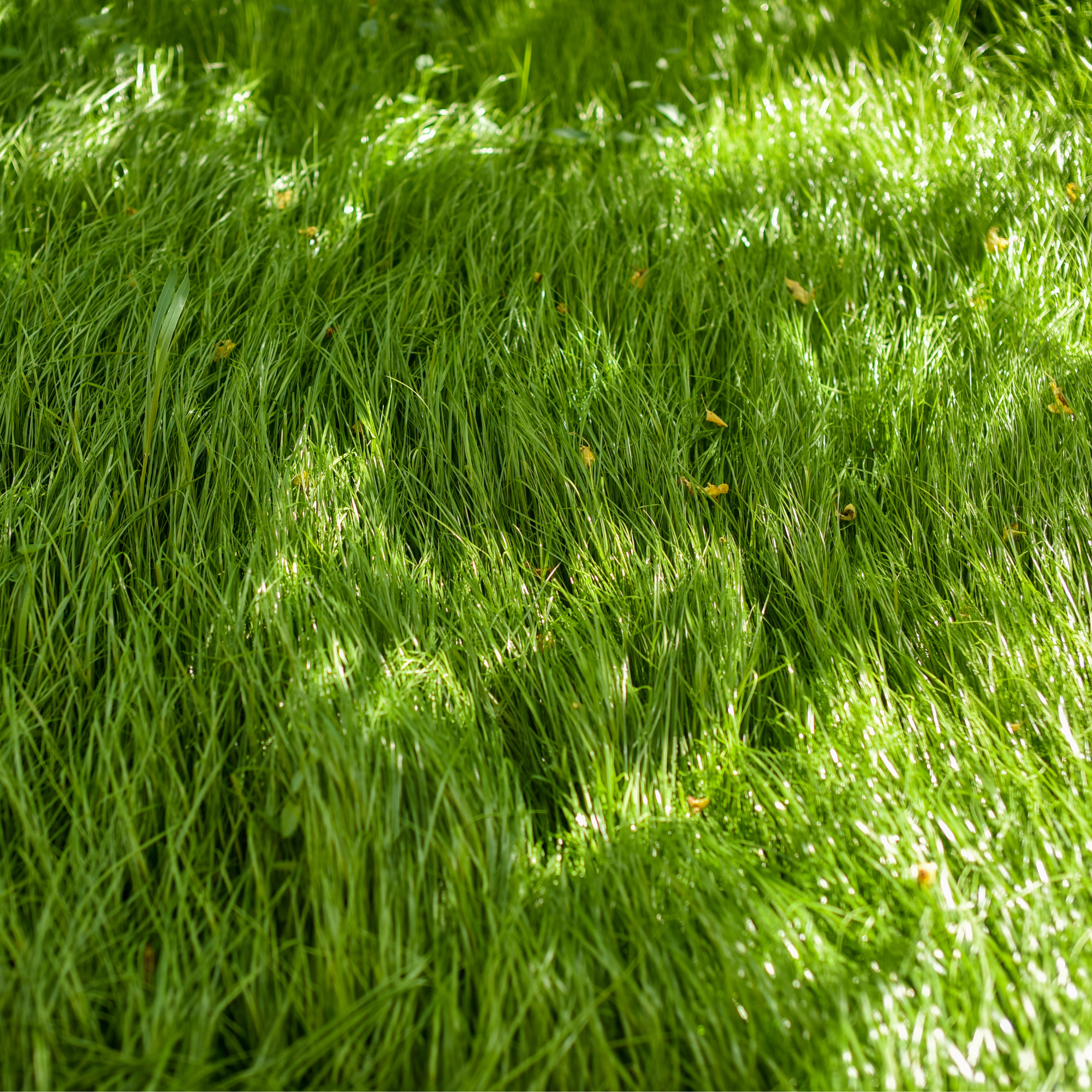
4. A happier garden – and happier gardener!
No Mow May isn't just good news for our gardens and wildlife. It also makes life a lot easier for us!
'You’ll be saving your own energy and that of using a mower,' agrees Morris Hankinson, director at Hopes Grove Nurseries.
How can you take part in No Mow May?
It’s incredibly easy to take part in No Mow May.
All you need to do is:
- Register for Every Flower Counts at plantlife.org.uk
- Bid adieu to your mower for now
- Sit back and relax, ideally with a cuppa. You’ve earned it!
If you're looking for a way to add more colour while growing your lawn sow meadow flower seeds over your lawn or around your borders
Read all about how to rewild your garden beyond no-mow May with gardener Frances Tophill's beautiful book that's full of tips
If you’re not ready to let your lawn run wild, try leaving a patch or two of grass to grow long instead.
'Whether you have a large garden with plenty of rewilding potential or just a few small window boxes, rewilding can be adapted to fit your home and make it come alive,' says Catherine Capon, rewilding advocate and communications consultant at the digital tree planting platform Treedom.
Honestly, every little helps!
What happens once No Mow May is over?
No Mow May has a catchy title, sure, but there’s more to it than a month-long hiatus for your mower: the idea is that you take the gardening lessons you’ve learned from this experience with you and use them throughout the months ahead.
For example, you could try mowing on a higher setting going forward, suggests Christopher, or even leave a few areas long, wild, and riddled with gorgeous wildflowers.
You could even dip your toe into the garden trend for tapestry lawns, which forgoes grass altogether in favour of plants that will support and encourage wildlife back into your garden.
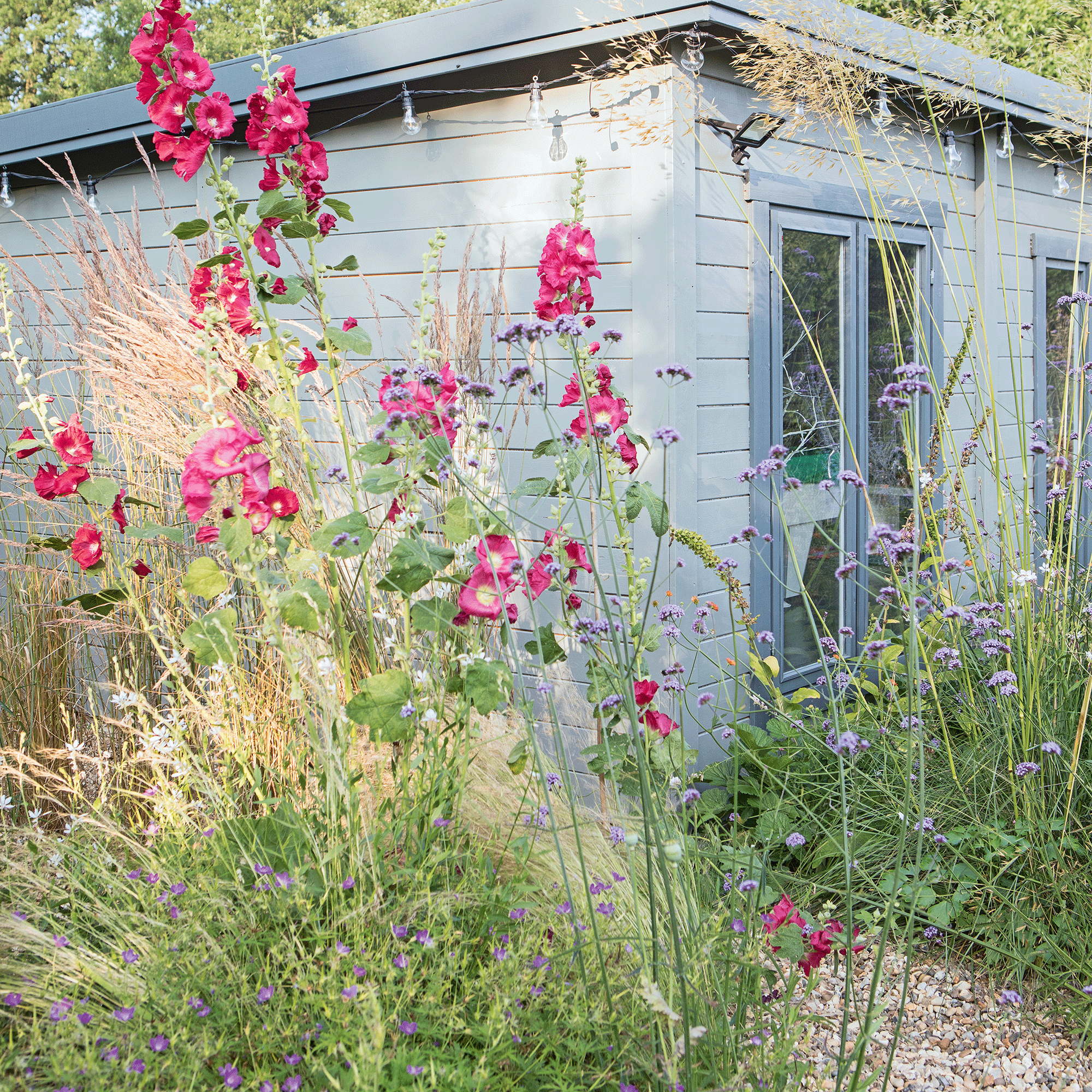
'Try replacing sections of your lawn with native wildflowers or other types of vegetation to create more habitat for wildlife,' adds Catherine. 'Musk mallow, kidney vetch, tufted vetch or clover are great seeds to sow. Bees love clover, so this is perfect if you want to create a buzz around the garden!'
If you do decide to cut your grass as usual after May, it's important to keep the warmer weather in mind.
'To avoid putting unnecessary stress on the lawn, make sure that you work on gradually lowering it, rather than going for a dramatic cut,' advises Christopher from Gardens Revived. 'Keep your mower set to ensure the grass stays three inches or taller.'
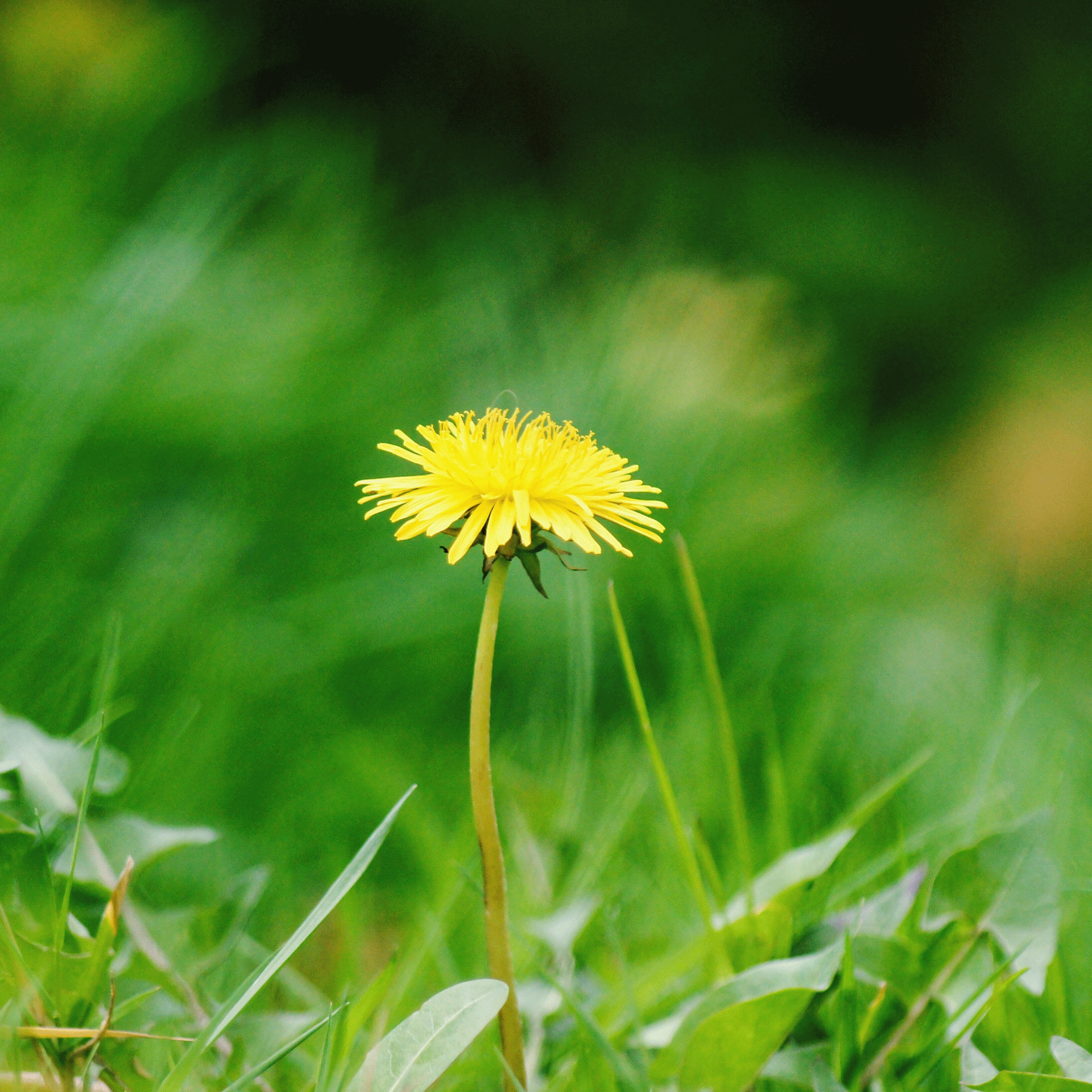
For all its wildlife benefits (and a slower month in the garden for us!), we're going to embrace No Mow May with open arms.







